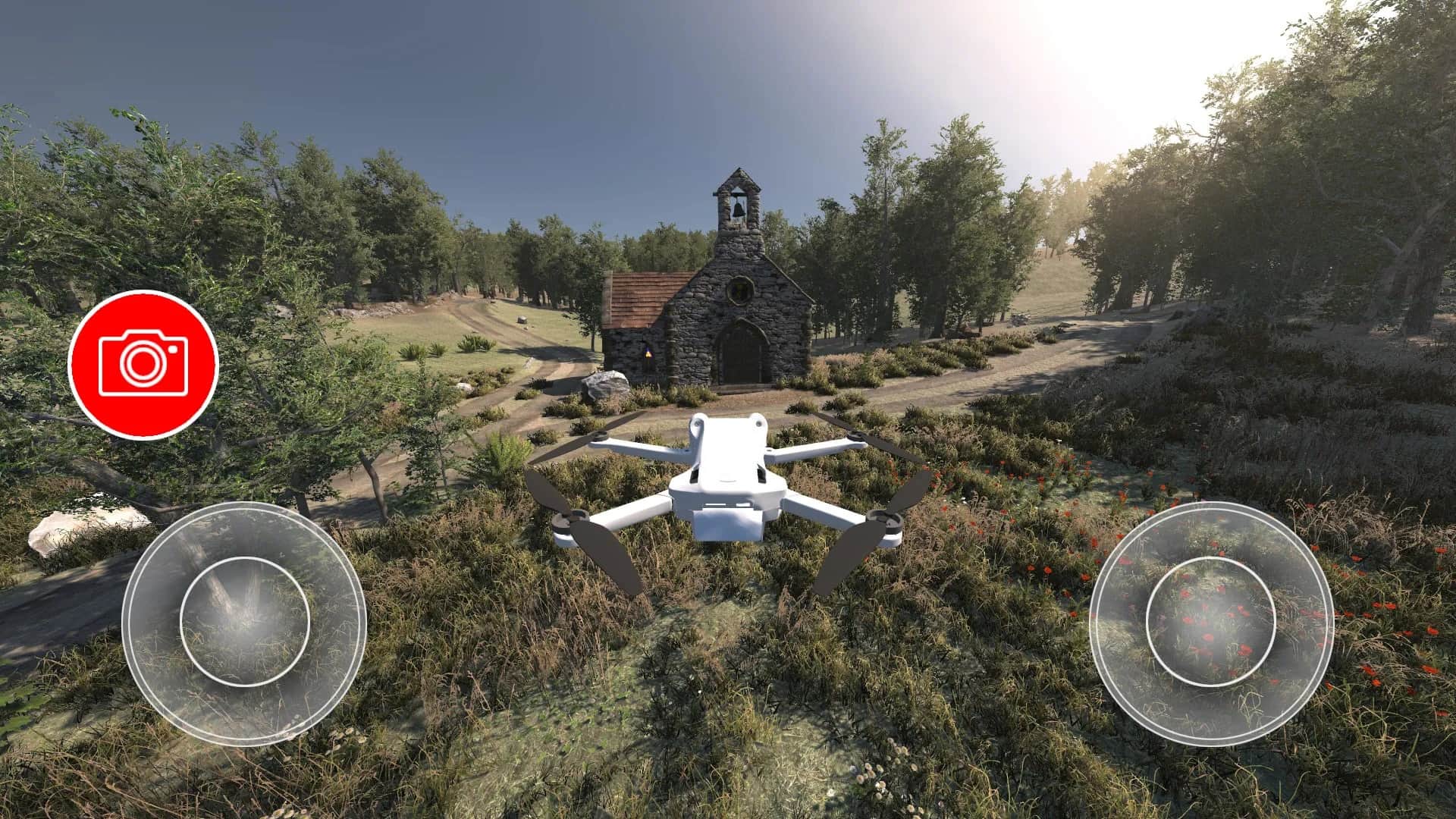
Caryopteris, also known as Bluebeard or Blue Mist, is a stunning flowering shrub that never fails to catch the eye with its vibrant blue or purple blossoms. While admired for its striking appearance and ability to attract butterflies and bees, Caryopteris holds many surprising facts that are often overlooked.
In this article, we will delve into 18 surprising facts about Caryopteris that will enhance your appreciation for this remarkable plant. From its origin and characteristics to its unique uses and benefits, you’ll discover a wealth of fascinating information that will make you look at Caryopteris in a whole new light.
Whether you’re a gardening enthusiast, a nature lover, or simply curious about the mysteries of the plant kingdom, join us on this journey to uncover the hidden wonders of Caryopteris.
Key Takeaways:
- Caryopteris, also known as the “Bluebeard” plant, is a vibrant and low-maintenance addition to any garden. Its fragrant foliage, late summer blooms, and attraction to beneficial insects make it a standout performer.
- With its resistance to deer and rabbits, Caryopteris is a versatile and easy-to-care-for plant that adds visual interest and beauty to any outdoor space. Its medicinal properties and attraction to hummingbirds make it a must-have for gardeners.
Caryopteris is commonly referred to as the “Bluebeard” plant.
Its name originates from the clusters of small, blue flowers that resemble a blue beard when in full bloom. This unique characteristic makes it a standout addition to any garden.
There are several varieties of Caryopteris.
While the most common species is Caryopteris x clandonensis, other popular varieties include Caryopteris incana and Caryopteris divaricata. Each variety offers its own distinctive traits and qualities.
Caryopteris is native to East Asia.
Originally hailing from regions like China, Korea, and Japan, Caryopteris has gained popularity worldwide due to its breathtaking beauty.
It blooms during the late summer and early fall.
One of the standout features of Caryopteris is its late blooming period. The plant bursts into a profusion of blue flowers just when other plants are starting to fade, providing a burst of color to the garden.
Caryopteris attracts butterflies and bees.
The sweet fragrance and nectar-rich flowers of Caryopteris make it a magnet for beneficial pollinators like butterflies and bees, adding life and movement to your outdoor space.
It thrives in full sun.
Caryopteris prefers bright, sunny locations in the garden. Placing it in full sun not only enhances its flowering potential but also helps to maintain its compact and bushy growth habit.
Caryopteris is drought-tolerant.
Once established, Caryopteris can withstand periods of drought with ease. It’s a great choice for arid regions or for gardeners looking for low-maintenance plants.
The foliage of Caryopteris is fragrant.
When brushed against or crushed, the leaves emit a delightful aroma that is reminiscent of a mix of mint and sage. This fragrant foliage adds an extra sensory dimension to your garden.
Pruning is beneficial for Caryopteris.
To maintain a tidy and compact shape, it’s advisable to prune the plant in early spring. This encourages the growth of new stems and ensures a bountiful display of flowers in the coming season.
Caryopteris can be propagated through cuttings.
If you want to expand your collection of Caryopteris or share it with friends, you can easily propagate it through softwood cuttings in the spring or semi-hardwood cuttings in the summer.
It is resistant to deer and rabbits.
One of the advantages of growing Caryopteris is that it is rarely bothered by deer and rabbits. This makes it an ideal choice for those who have to deal with these garden pests.
Caryopteris is a versatile plant.
Whether used as a border plant, a focal point in a garden bed, or grown in containers, Caryopteris adds visual interest and beauty to any setting. Its compact size makes it suitable for smaller gardens as well.
It is a great companion plant.
Caryopteris pairs well with other sun-loving perennials and annuals like Echinacea, Rudbeckia, and Salvia. When combined, they create a delightful tapestry of colors and textures.
Caryopteris is easy to care for.
With its low-maintenance nature, Caryopteris is a fantastic choice for busy gardeners. It requires minimal fuss, making it a stress-free addition to your outdoor space.
It can attract beneficial insects.
Aside from butterflies and bees, Caryopteris also attracts beneficial insects like ladybugs and lacewings. These insects help keep the population of harmful pests in check.
Caryopteris is perfect for fresh or dried flower arrangements.
The long-lasting blooms of Caryopteris can be enjoyed indoors as well. Whether displayed fresh in a vase or dried for decorative purposes, they add a touch of natural beauty to any space.
It has medicinal properties.
In traditional medicine, Caryopteris has been used for its anti-inflammatory and anti-bacterial properties. It has been utilized for various ailments, including respiratory conditions and digestive issues.
Caryopteris is a magnet for hummingbirds.
These enchanting creatures are drawn to the nectar-rich flowers of Caryopteris, adding even more life and beauty to your garden.
As you can see, the “18 Surprising Facts About Caryopteris” highlight the remarkable qualities of this extraordinary plant. Whether you’re a seasoned gardener or just starting your green journey, Caryopteris is a must-have addition to any garden. Its vibrant blooms, fragrant foliage, and numerous benefits make it a standout performer that is sure to impress.
Conclusion
In conclusion, Caryopteris, also known as Bluebeard or the Blue Mist Shrub, is a fascinating plant with several surprising facts. From its vibrant blue flowers to its ability to attract pollinators, Caryopteris is a versatile addition to any garden or landscape. Its drought tolerance, low maintenance requirements, and ability to thrive in various soil conditions make it a popular choice for both beginner and experienced gardeners.Not only is Caryopteris aesthetically pleasing, but it also offers several environmental benefits. It acts as a magnet for butterflies, bees, and other pollinators, contributing to the health of ecosystems. Additionally, it has been used in traditional medicine for its anti-inflammatory properties.Whether you’re looking to enhance the beauty of your garden or attract beneficial wildlife, Caryopteris is a fantastic plant to consider. Its unique characteristics and surprising properties make it a standout choice for any plant enthusiast.
FAQs
1. What is Caryopteris?
Caryopteris, commonly known as Bluebeard or the Blue Mist Shrub, is a deciduous flowering shrub native to East Asia.
2. How tall does Caryopteris grow?
Caryopteris typically grows between 2 to 5 feet in height, depending on the cultivar. It is a compact and bushy shrub.
3. What is the blooming season of Caryopteris?
Caryopteris blooms in late summer to early fall, producing clusters of vibrant blue flowers that attract pollinators.
4. Is Caryopteris a sun-loving plant?
Yes, Caryopteris thrives in full sun. It requires at least 6-8 hours of sunlight per day to grow and bloom properly.
5. Does Caryopteris require special soil conditions?
No, Caryopteris is adaptable to various soil types but prefers well-draining soil. It can tolerate both acidic and alkaline soil.
6. Is Caryopteris deer-resistant?
Yes, Caryopteris is deer-resistant, making it an excellent choice for gardens where deer may be present.
7. How often should Caryopteris be watered?
Caryopteris is drought-tolerant but will benefit from regular watering in dry spells. Water deeply once or twice a week during the growing season.
8. Can Caryopteris be pruned?
Yes, Caryopteris can be pruned in early spring to promote bushier growth and increase flower production.
9. How do you propagate Caryopteris?
Caryopteris can be propagated through softwood or hardwood cuttings. Softwood cuttings are taken in late spring or early summer, while hardwood cuttings are taken in late winter or early spring.
10. Are there any pests or diseases that affect Caryopteris?
Caryopteris is relatively resistant to pests and diseases. However, it may occasionally be susceptible to aphid infestations or powdery mildew in humid conditions.
Caryopteris isn't just another pretty face in the garden. This versatile plant boasts a range of surprising qualities that make it a must-have for any outdoor space. From its ability to attract pollinators to its drought-tolerant nature, Caryopteris is a true gem. But why stop there? Dive into the world of shrubs, uncover the secrets of perennials like Anemone Hepatica, and explore the drought-tolerant wonders of Dymondia. Each plant has its own unique story to tell, and we're here to help you discover them all.
Was this page helpful?
Our commitment to delivering trustworthy and engaging content is at the heart of what we do. Each fact on our site is contributed by real users like you, bringing a wealth of diverse insights and information. To ensure the highest standards of accuracy and reliability, our dedicated editors meticulously review each submission. This process guarantees that the facts we share are not only fascinating but also credible. Trust in our commitment to quality and authenticity as you explore and learn with us.


